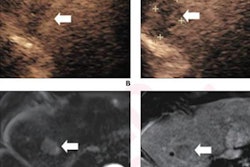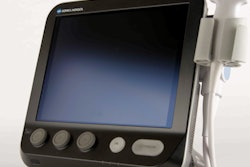Thursday, December 1 | 1:30 p.m.-2:30 p.m. | R6-SSBR11-6 | E451B
B-mode breast ultrasound can aid in predicting response to neoadjuvant chemotherapy, according to this scientific presentation.Dr. Panagiotis Kapetas, PhD, from the Medical University of Vienna will present results from a study of 245 patients with a total of 253 histologically confirmed breast cancer lesions receiving chemotherapy. In their evaluation, the team used standard BI-RADS ultrasound descriptors, as well as clinical features such as patient age, tumor size, grade, and molecular subtype.
The standard of reference the team used was the postoperative histologic examination for determining the absence or presence of residual invasive tumor in the breast or axillary lymph nodes. The researchers found that 98 patients (40%) with 103 lesions (40.7%) achieved complete pathologic response. Also, interreader agreement ranged from minimal to moderate for different BI-RADS descriptors.
Several independent predictors of complete pathologic response were found, including tumor size, microlobulated or spiculated margin, presence of calcifications or edema, and HER2-positive or triple-negative molecular subtypes. The team used a model with these parameters, which showed an area under the receiver operating curve (AUC) of 0.873 in a training set (170 cases) and 0.72 in a validation set (83 cases) for predicting complete pathologic response.
The authors suggested that based on their results, B-mode breast ultrasound can aid in predicting such treatment response when combined with aforementioned clinical tumor features. Find out more in Kapetas' presentation.




















